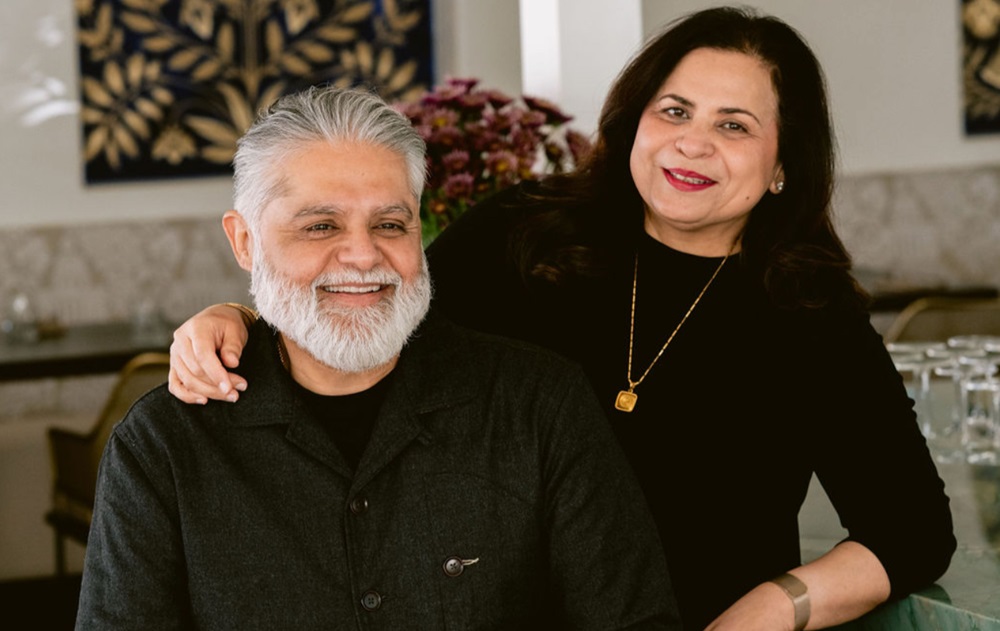Stanford to honor Indian American alumnus Arogyaswami Paulraj
Paulraj laid the groundwork for all future and present broadband wireless communications with his groundbreaking technological development that powers Wi-Fi and 4G mobile.
.png) Professor Emeritus Arogyaswami Paulraj, Stanford University. / Stanford
Professor Emeritus Arogyaswami Paulraj, Stanford University. / Stanford
Stanford University in Palo Alto will honor Indian American alumnus Arogyaswami Paulraj during a workshop commemorating the three-decade anniversary of his groundbreaking invention, MIMO.
The “Celebrating Three Decades of MIMO” workshop will also commemorate the 80th birthday of the inventor on July 29.
MIMO stands for Multiple in, Multiple out, a technology break through that enables improved wireless performance. It is the essential foundation for all current (WiFi and 4G mobile) and future broadband wireless communications.
The 1992 MIMO patent application from Stanford was issued in 1994. Since the MIMO label gained popularity around 2005, it's likely that even more patents for this technology exist under various earlier labels, starting with the original 1992 patent.
More than 6.5 billion smartphone users around the world benefit from MIMO-powered wireless networks. About 75 percent of global internet access is now via wireless. The digital economy currently accounts for 10 percent of GDP in advanced economies and is expected to surge to 40 percent within the next few decades. Experts currently estimate the current global economic value of wireless networks to exceed $7.5 trillion annually.
Wireless internet enabled by MIMO technology is now an important catalyst for India’s economic growth. India has more than 1.1 billion 4G/5G subscribers. Entry-level smart phones selling for less than $90 and affordable low-cost access charges have allowed all economic levels in India to access the growing digital public infrastructure.
Earlier this month, Paulraj was awarded the Royal Academy of Engineering's (UK) most prestigious individual award, the Prince Philip Medal. He was presented with the award by the Princess Royal in London on June 11. The award is made biennially to an engineer who has made exceptional contributions to engineering through practice, management, or education.
“I am deeply honored to receive this prestigious recognition,” said Dr Paulraj. “After pioneering this breakthrough wireless technology and now seeing its transformative impact, it is indeed humbling. I remain excited for more opportunities for innovations driven by new applications and the increasing geographic spread of wireless networks.”
Paulraj served in the Indian Navy for 25 years on R&D assignments ranging from developing ASW sonar systems to sabbaticals at Stanford University and IIT Delhi, where he made foundational contributions to the theory of signal processing. He was also involved in founding three national labs for India: AI and robotics, high-speed computing, and military electronics.
In 1991, Dr. Paulraj retired from the Navy with the rank of Commodore and joined Stanford University as a research associate. He has received many of the world’s top recognitions in technology, including the Faraday Medal, the Alexander Graham Bell Medal, and the Marconi Prize. He is also the recipient of the Padma Bhushan award from the Government of India and the Friendship Award from the Government of the People’s Republic of China.

 Anand Parthasarathy
Anand Parthasarathy


.jpg)

.jpg)








Comments
Start the conversation
Become a member of New India Abroad to start commenting.
Sign Up Now
Already have an account? Login